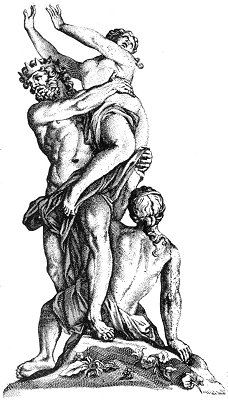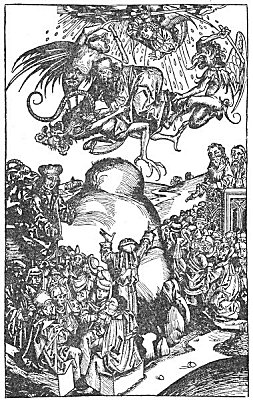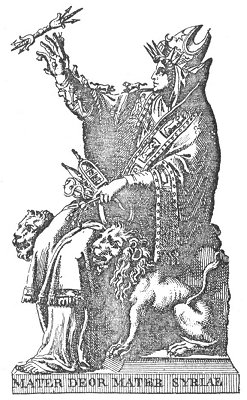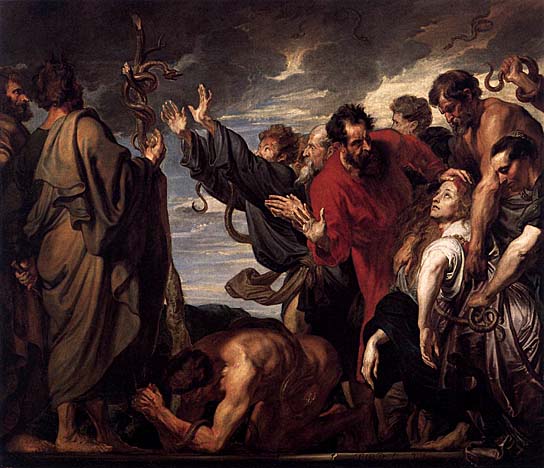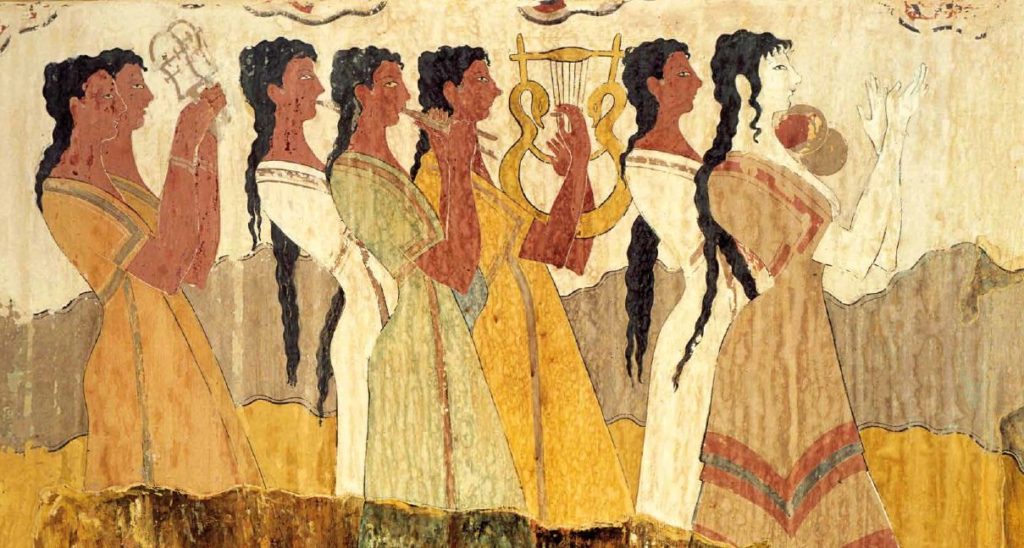Page 289
“Of the tenets of the Druzes, nothing authentic has ever come to light; the popular belief amongst their neighbors is, that they adore an idol in the form of a calf.” — KING: The
Gnostics and their Remains.
“O ye Lords of Truth without fault, who are forever cycling for eternity . . . save me
from the annihilation of this Region of the Two Truths.” — Egyptian Ritual of the Dead.
“Pythagoras correctly regarded the ‘Ineffable Name’ of God . . . as the Key to the
Mysteries of the universe.” — PANCOAST: Blue and Red Light. IN the next two chapters we shall notice the most important of the Christian secret sects — the so-called “Heresies” which sprang into existence between the first and fourth centuries of our era.
Glancing rapidly at the Ophites and Nazareans, we shall pass to their scions which yet exist in Syria and Palestine, under the name of Druzes of Mount Lebanon; and near Basra or Bassorah, in Persia, under that of Mendaeans, or Disciples of St. John. All these sects have an immediate connection with our subject, for they are of kabalistic parentage and have once held to the secret “Wisdom Religion,” recognizing as the One Supreme, the Mystery-God of the Ineffable Name. Noticing these numerous secret societies of the past, we will bring them into direct comparison with several of the modern. We will conclude with a brief survey of the Jesuits, and of that venerable nightmare of the Roman Catholic Church — modern Freemasonry. All of these modern as well as ancient fraternities — present Freemasonry excepted — were and are more or less connected with magic — practically, as well as theoretically; and, every one of them — Freemasonry not excepted — was and still is accused of demonolatry, blasphemy, and licentiousness.
Our object is not to write the history of either of them; but only to compare these sorely-abused communities with the Christian sects, past and present, and then, taking historical facts for our guidance, to defend the secret science as well as the men who are its students and champions against any unjust imputation.
One by one the tide of time engulfed the sects of the early centuries, until of the whole number only one survived in its primitive integrity. That one still exists, still teaches the doctrine of its founder, still exemplifies its faith in works of power. The quicksands which swallowed up
Page 290
every other outgrowth of the religious agitation of the times of Jesus, with its records, relics, and traditions, proved firm ground for this. Driven from their native land, its members found refuge in Persia, and to-day the anxious traveller may converse with the direct descendants of the “Disciples of John,” who listened, on the Jordan’s shore, to the “man sent from God,” and were baptized and believed. This curious people, numbering 30,000 or more, are miscalled “Christians of St. John,” but in fact should be known by their old name of Nazareans, or their new one of Mendaeans.
To term them Christians, is wholly unwarranted. They neither believe in Jesus as Christ, nor accept his atonement, nor adhere to his Church, nor revere its “Holy Scriptures.” Neither do they worship the Jehovah-God of the Jews and Christians, a circumstance which of course proves that their founder, John the Baptist, did not worship him either. And if not, what right has he to a place in the Bible, or in the portrait-gallery of Christian saints? Still further, if Ferho was his God, and he was “a man sent by God,” he must have been sent by Lord Ferho, and in his name baptized and preached? Now, if Jesus was baptized by John, the inference is that he was baptized according to his own faith; therefore, Jesus too, was a believer in Ferho, or Faho, as they call him; a conclusion that seems the more warranted by his silence as to the name of his “Father.” And why should the hypothesis that Faho is but one of the many corruptions of Fho or Fo, as the Thibetans and Chinese call Buddha, appear ridiculous? In the North of Nepaul, Buddha is more often called Fo than Buddha. The Book of Mahawansa shows how early the work of Buddhistic proselytism began in Nepaul; and history teaches that Buddhist monks crowded into Syria and Babylon in the

Moe is the founder of GnosticWarrior.com. He is a father, husband, author, martial arts black belt, and an expert in Gnosticism, the occult, and esotericism.


